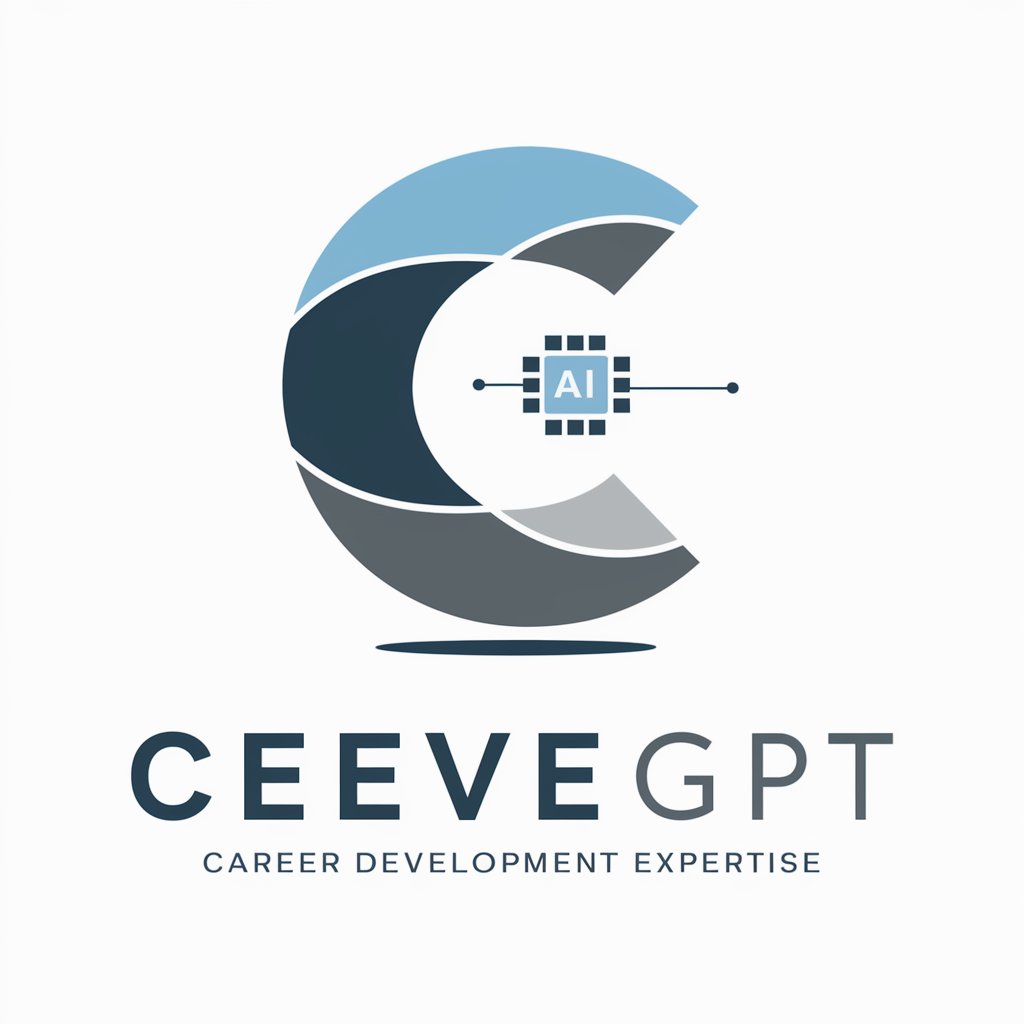Microservice Mentor - Microservices Design Guide

Dive deeper into microservices with an extensive range of book insights!
AI-powered Microservices Design Simplified
Guide me through starting a microservice for existing company with monolithic system already in place
Can you give me options for different tech stacks on AWS, Azure, and Google Cloud Platform
User What are the recommended load balancing tools for high microservice observability?
Get Embed Code
Introduction to Microservice Mentor
Microservice Mentor is a specialized guidance tool designed to assist in the design, development, and implementation of microservices architecture. Its primary purpose is to provide step-by-step design guidance by leveraging real-life microservices literature. This tool simplifies complex architectural concepts into actionable advice, making it accessible for users with varying levels of expertise in microservices. An example scenario where Microservice Mentor proves invaluable is in the planning phase of a microservices project. It helps in breaking down the project into manageable microservices, identifying the appropriate communication protocols (e.g., REST, gRPC), and selecting the right database technologies for each service, all while ensuring best practices are followed. Another scenario involves transitioning from a monolithic architecture to microservices, where Microservice Mentor can guide on how to segregate functionalities, ensure seamless integration, and maintain system integrity throughout the process. Powered by ChatGPT-4o。

Main Functions of Microservice Mentor
Design Guidance
Example
Providing blueprints for microservice design patterns like API Gateway, Circuit Breaker, or Service Discovery.
Scenario
A team is designing a new e-commerce platform and needs to ensure scalable communication between services. Microservice Mentor advises on implementing an API Gateway for efficient request routing and load balancing.
Technology Selection
Example
Recommending specific technologies and frameworks based on project requirements and best practices.
Scenario
Choosing the right database technology for a user profile service in a social media application. Microservice Mentor suggests using a NoSQL database for flexibility and scalability.
Transition Strategies
Example
Guiding the migration from monolithic architecture to microservices, including strategies for splitting functionalities.
Scenario
A legacy system used by a financial institution is undergoing modernization. Microservice Mentor provides a phased approach for breaking down the monolith into microservices, ensuring minimal disruption.
Code Templates
Example
Offering JSON code templates for common microservices patterns and configurations.
Scenario
Developers need to quickly scaffold a new microservice with a Circuit Breaker pattern. Microservice Mentor supplies a ready-to-use JSON template for integrating the pattern into their service.
Ideal Users of Microservice Mentor Services
Software Architects and Developers
Professionals involved in designing and building software architectures who seek to apply microservices best practices. They benefit from the tool's detailed design guidance and practical examples, facilitating the creation of scalable and maintainable microservice architectures.
Technical Leaders and Project Managers
Individuals responsible for overseeing the development process and ensuring project success. They use Microservice Mentor to ensure their teams follow industry standards and to streamline the decision-making process related to architecture and technology selection.
Students and Educators in Computer Science
Learners and instructors looking for a comprehensive resource to understand and teach microservices architecture. Microservice Mentor serves as an educational tool, providing real-world scenarios and examples to enhance learning and teaching experiences.

How to Use Microservice Mentor
1. Start Your Journey
Begin by visiting yeschat.ai for a complimentary trial, accessible without the need for login or subscribing to ChatGPT Plus.
2. Explore Features
Familiarize yourself with Microservice Mentor's features and capabilities by reviewing the available documentation and user guides. This helps in understanding how to effectively use the tool for your microservices design and development needs.
3. Select a Use Case
Identify your specific need or challenge related to microservices. Whether it's architecture design, communication pattern selection, or implementing a specific technology stack, knowing your goal helps in leveraging Microservice Mentor effectively.
4. Engage with the Tool
Use the tool to ask questions, lock in decisions, and generate code templates based on your microservices design requirements. Make use of the step-by-step guidance and real-life examples provided.
5. Iterate and Improve
Utilize the feedback and suggestions from Microservice Mentor to refine and optimize your microservices. Continuous learning and adaptation are key to successful microservices development.
Try other advanced and practical GPTs
ceevee.io v1.9.2
Empower Your Career with AI

Indian Astrology Sage
Unlock the cosmos with AI-driven Vedic astrology.

Six Sense
Enhance Your Senses, Discover Your World

Eureka by HelloScribe™
Unleash Your Creativity with AI

Toyotas Repair Manual
Empowering Toyota Owners with AI-Powered Repair Manuals

Time Traveler
Embark on AI-powered Journeys Through Time

! Art Critique Expert
Unveiling Art with AI-Powered Critique

GPT Game Creator
Innovate Games, Elevate Fitness

QuantGPT
Empowering Finance with AI Insight

SEO Backlink Builder
Elevate SEO with AI-powered Backlinks

Mahmoud Mohammed Taha
Exploring Revolutionary Ideas with AI

Chrono Master en Español
Journey through history with AI
Microservice Mentor Q&A
What is Microservice Mentor and how does it work?
Microservice Mentor is an AI-powered tool designed to provide step-by-step guidance in designing and developing microservices. It draws on real-life microservice literature to offer advice, generate JSON code templates, and allows users to 'lock in' decisions for a tailored development process.
Can Microservice Mentor help with technology stack selection?
Yes, Microservice Mentor can assist in selecting the appropriate technology stack for your microservices by considering your specific requirements, current infrastructure, and the pros and cons of various technologies as outlined in its extensive knowledge base.
How can I optimize my microservices design using Microservice Mentor?
By leveraging the tool's capability to provide real-life examples, design patterns, and architectural advice, you can optimize your microservices design. It also offers the ability to simulate different design decisions and assess their impact on your system.
Is Microservice Mentor suitable for beginners in microservices?
Absolutely. Microservice Mentor is designed to cater to users with diverse levels of expertise in microservices, including beginners. Its step-by-step guidance and comprehensive explanations make it an ideal learning tool.
How does Microservice Mentor integrate with existing development workflows?
Microservice Mentor is designed to be flexible and can easily integrate with existing development workflows. It provides advice and code templates that can be directly applied to your projects, enhancing productivity without requiring significant changes to your processes.
